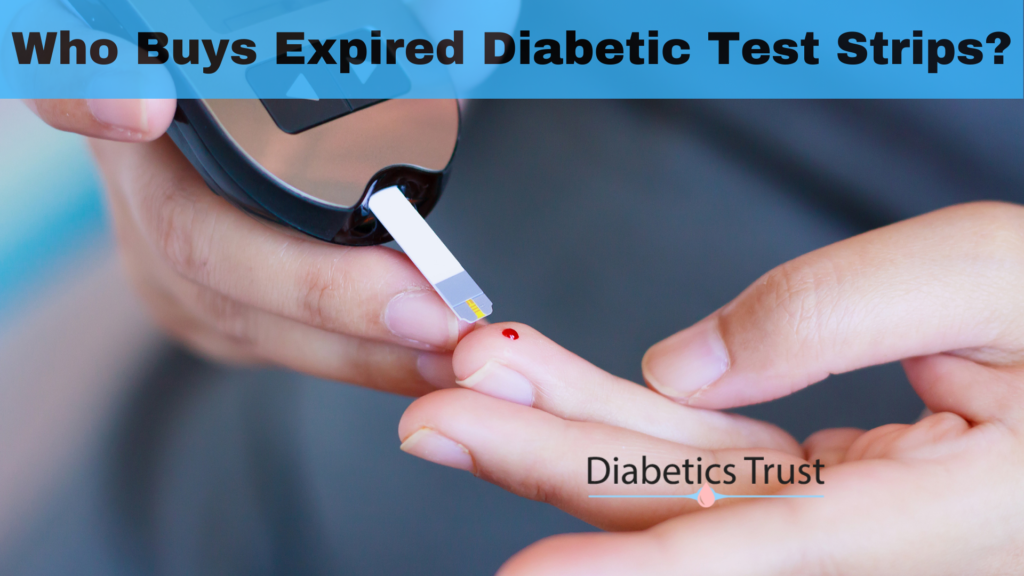For those living with diabetes, monitoring blood glucose levels is a crucial part of daily life. It is estimated that more than 30 million Americans have either Type 1 or Type 2 diabetes, and most use several test strips daily to monitor their condition. However, with the high cost of test strips, many patients are forced to turn to alternative sources for affordable supplies, leading to a gray market for unused diabetes test strips.
These test strips are a laminate of plastic and chemicals, a little bigger than a fingernail, used for measuring blood sugar levels. They were first developed in 1965 for use in doctors’ offices, but by 1980 medical-device manufacturers had designed meters for home use. They have since become the standard of care for many people with diabetes, who test their blood as often as ten times a day.
Test strips are a multi-billion-dollar industry. A 2012 study found that strips accounted for nearly one-quarter of pharmacy costs among insulin-dependent patients who monitor their blood sugar. Today, four manufacturers account for half of global sales. In a retail pharmacy, name-brand strips command high prices, but the real cost of test strips is hidden behind the scenes in negotiations between manufacturers and insurers.
Manufacturers set a high list price and then negotiate to become an insurer’s preferred supplier by offering a rebate. These transactions are invisible to the insured consumer, who might cover a copay at most. But the arrangement leaves the uninsured — those least able to pay — paying sky-high sticker prices out of pocket. Also left out are the underinsured, who may need to satisfy a high deductible first.
For a patient testing their blood many times a day, paying for strips out-of-pocket could add up to thousands of dollars a year. Small wonder, then, that a gray market thrives. The middlemen buy extras from people who obtained strips through insurance at little cost to themselves and then resell to the less fortunate.

Most afternoons, people arrive from across New York City with backpacks and plastic bags filled with boxes of small plastic strips, forming a line on the sidewalk outside a Harlem storefront. Hanging from the awning, a banner reads: “Get cash with your extra diabetic test strips.”
This store on W. 116th Street is just one of many places buying unused diabetes test strips. Mobile phones light up with robo-texts: “We buy diabetic test strips!” Online, scores of companies thrive with names like DiabeticsTrust.com.
“I’m taking advantage of a loophole, as are my peers,” said the owner of one popular site, who asked that his name not be used. “We’re allowed to do that. I don’t even think we should be, frankly.”
The reselling of unused diabetes test strips is legal in the United States, unlike the resale of prescription drugs, which is prohibited by law. This creates a market where sellers may be insured and pay little out of pocket, while buyers may be underinsured or uninsured and unable to pay retail prices.
The gray market for unused diabetes test strips is not a new phenomenon. It has existed for decades, an unusual example of the vagaries of American healthcare. But with the rising cost of healthcare in the United States, the market is becoming more important for many patients.
“Resellers can sell strips directly to consumers through websites like Amazon or eBay. Still, the highest profits come from returning them to retail pharmacies, which sell them as new and receive full payment from the customer’s insurance. The insurer reimburses the pharmacy at the retail price, and then the manufacturer is asked for a partial rebate, even though they have already paid a rebate for the box of strips.”





